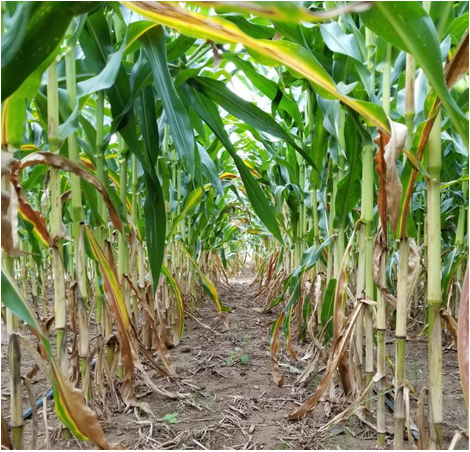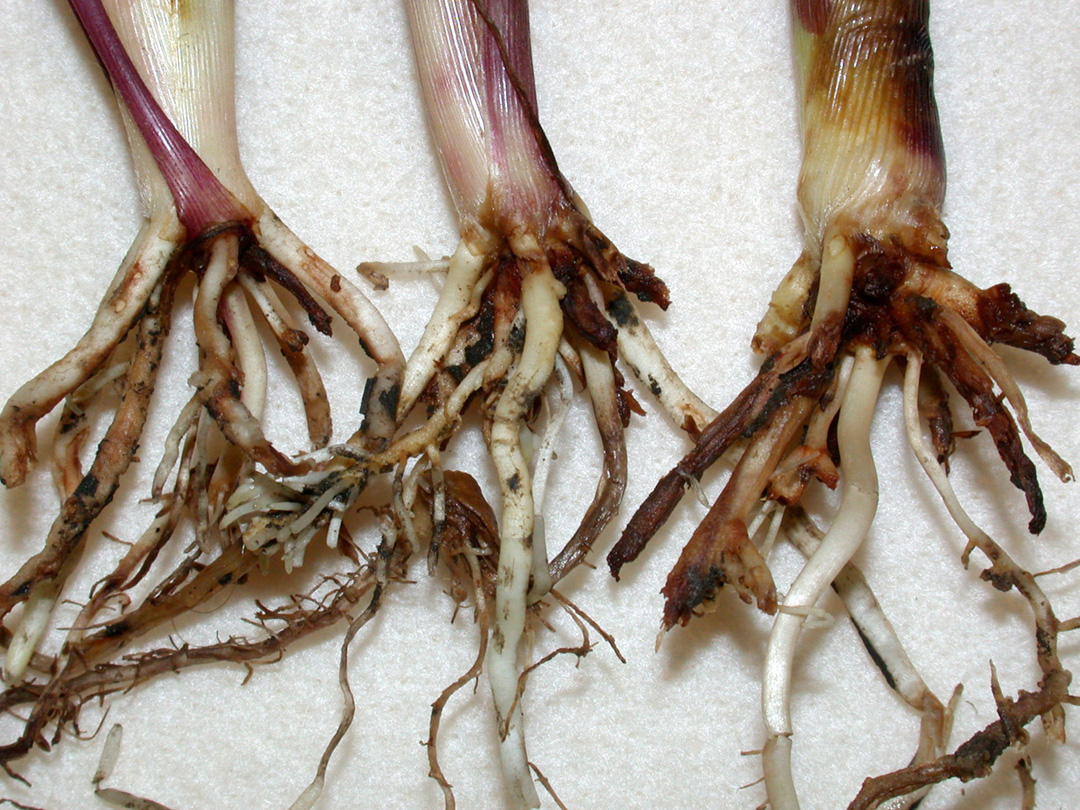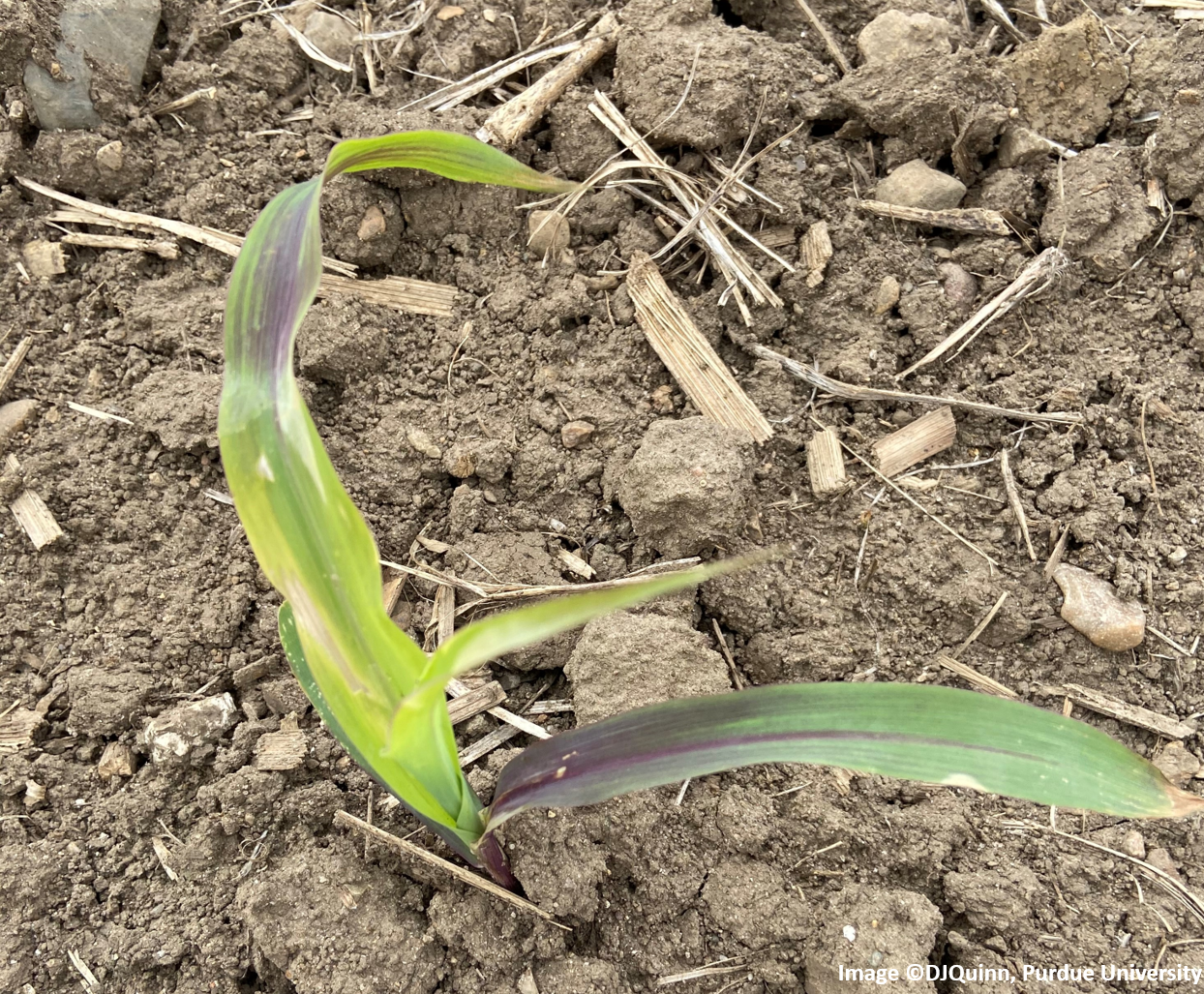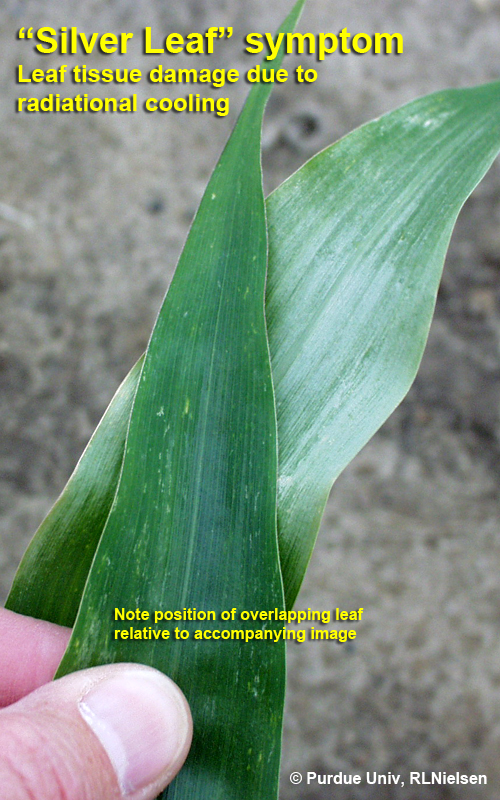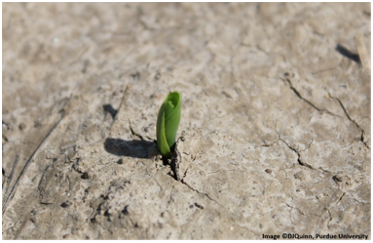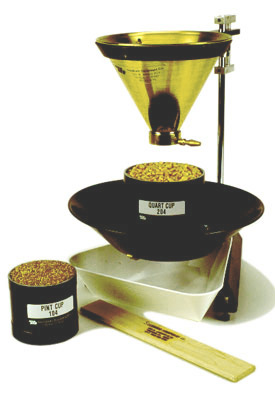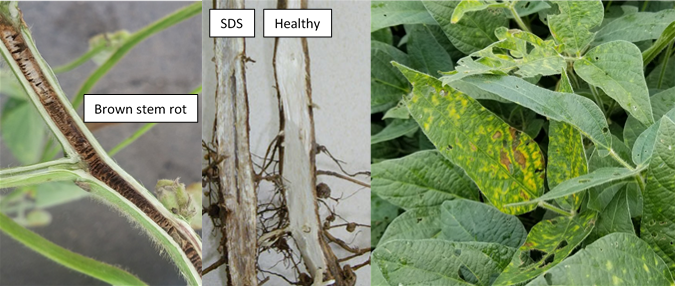As much of the corn across the state of Indiana has emerged and is beginning early vegetative growth, it is important to understand the characteristics of these early growth stages and what is happening in the plant at this specific time. The VE growth stage is defined when the coleoptile breaks through the soil surface. The number of calendar days that this takes to occur is directly related to soil temperature. As farmers continue to push corn planting earlier and earlier, emergence can take much longer, which heightens the probability of corn seedling exposure to cooler temperatures and stress. As the coleoptile emerges, sunlight disrupts the mesocotyl (a white, tubular, root tissue between the seed and the base of the coleoptile) which fixes the depth of the corn growing point (~3/4 inch below the soil surface). In addition, through continued leaf expansion inside the coleoptile, the coleoptile tip is ruptured,[Read More…]
